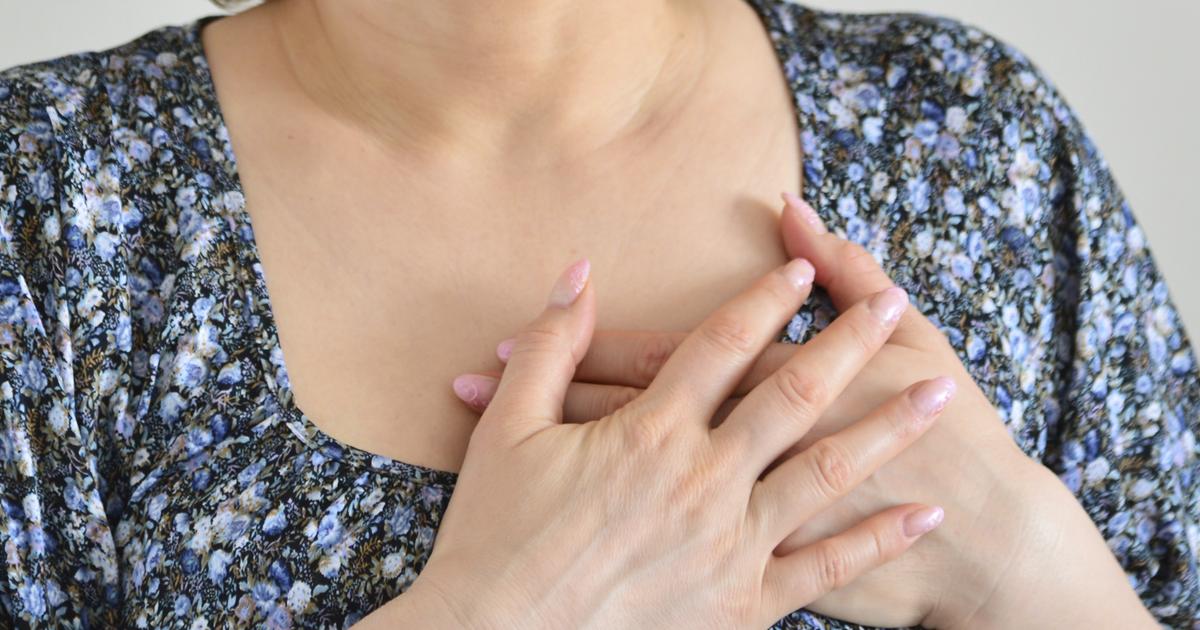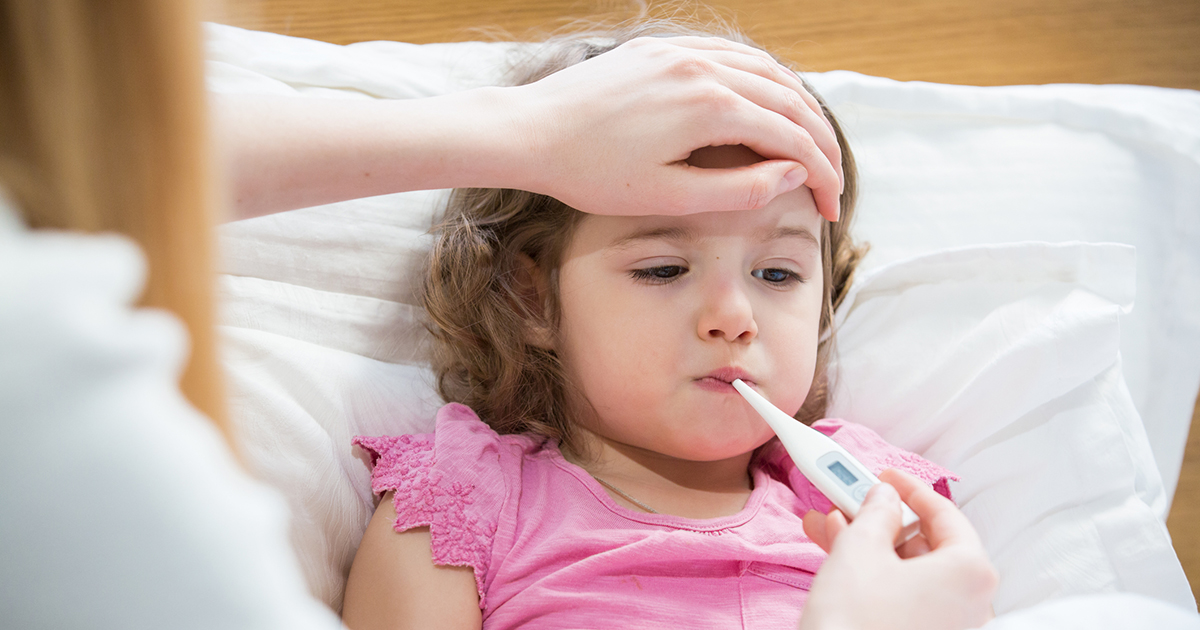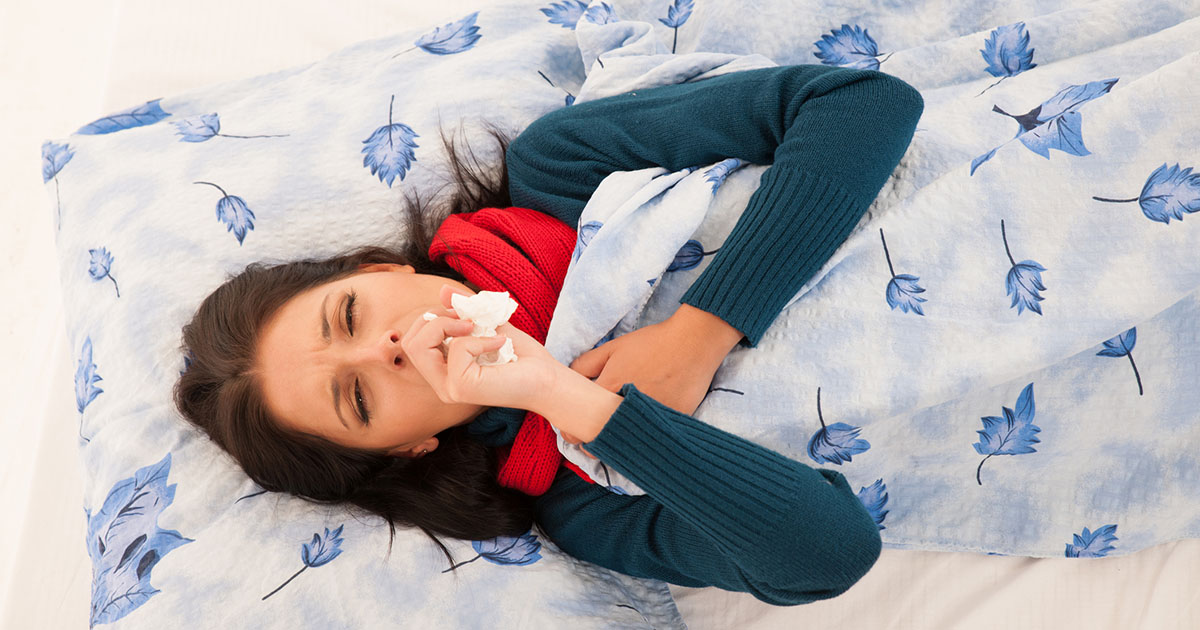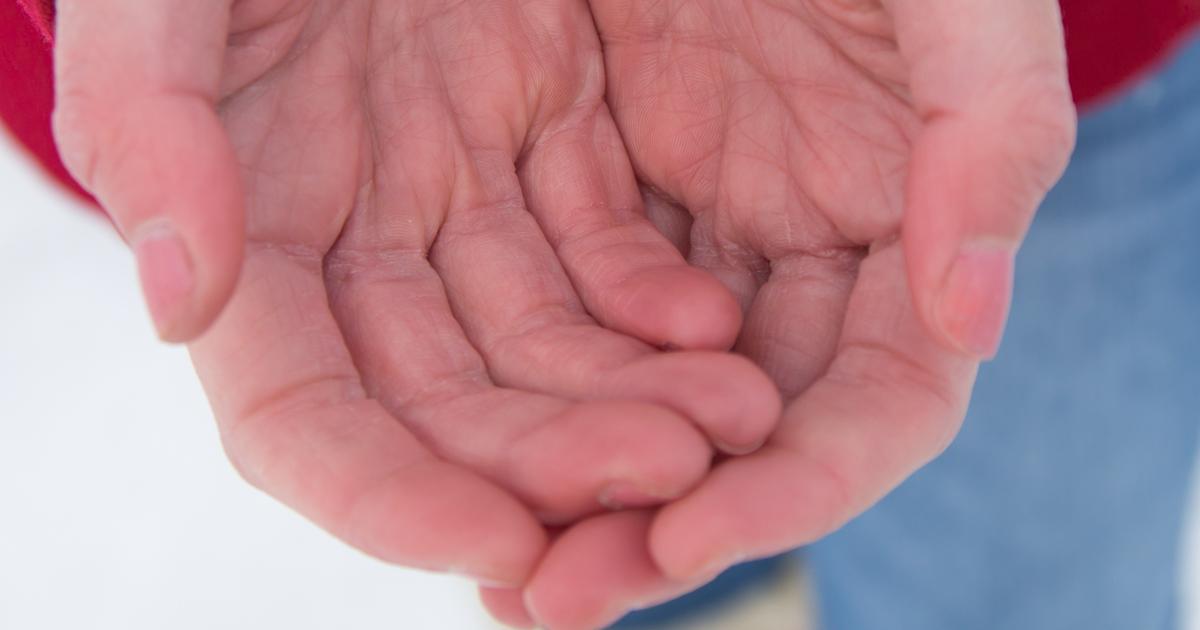Major Symptoms Of Pneumonia
Pneumonia is a serious upper respiratory infection caused by a variety of bacteria that can enter the lungs, such as Streptococcus and Pneumococcus. Most of the time an individual's body can fight off these germs, but individuals who are already ill, babies, and older adults often cannot, making them more likely to develop pneumonia. Pneumonia can be treated at home, but sometimes it may require hospitalization. This depends on the age of the individual who is ill or the severity of the infection.
Pneumonia, it is crucial to note, can be fatal if not treated right away. As such, it is important to know the symptoms of pneumonia and seek treatment as soon as possible should any of them, or multiple, be detected.
Chest Pain While Breathing

Perhaps the most common warning sign of pneumonia is that of chest pain. Specifically, individuals dealing with a case of pneumonia will typically experience a type of chest pain doctors refer to as pleuritic pain in the chest, also known as painful breathing. Chest pain in pneumonia patients is typically short and stabbing in nature, rather than constant and radiating. Pleuritic chest pain is also aggravated when patients are coughing, which is another symptom of pneumonia that will be discussed in detail later on.
Whenever an individual experiences chest pain, especially when it makes it difficult for them to breathe properly, it is absolutely critical for them to seek medical attention as soon as possible to obtain an accurate diagnosis and receive treatment.
Persistent Fever

When the body has an increased temperature, especially when this temperature progresses to the point of a fever, it is a clear sign it is trying to fight off an infection. In many instances, this could be something relatively simple such as the flu, but a high fever of up to 105 degrees Fahrenheit can also indicate pneumonia. It is quite common for both adults and children to have a fever when dealing with pneumonia. In most instances, fevers abate relatively quickly, but there can be times when they do not.
Patients who have had a persistent fever for more than two days, or when their temperature spikes above a certain level, should always visit a doctor. The temperature at which patients should immediately see a doctor does vary based on a few factors, but most older children and adults can tolerate a fever of up to 103 degrees Fahrenheit without too much cause for concern. Above this, and a doctor should be consulted.
Shortness Of Breath

As mentioned previously, pleuritic chest pain is one of the most common symptoms associated with pneumonia. Another incredibly common sign is shortness of breath, as the two often coincide. This is because chest pain that worsens upon breathing makes it harder for the affected individual to breathe, often meaning they cannot catch a full breath and thus, are unable to take in sufficient air for their body's needs.
Patients with other lung conditions, such as asthma or emphysema, are the most at risk for experiencing shortness of breath if they contract pneumonia. Their shortness of breath is also often worse than those who do not have a chronic lung condition. Individuals dealing with prolonged shortness of breath should seek professional medical attention as soon as they can.
Phlegm

When an individual is sick, their body often produces phlegm, which is typically an off-white to green gel-like by-product of the body, indicating it is trying to fight off an infection. Phlegm exists to coat an individual's airways and such to help prevent illnesses from causing too much damage to them. It also helps carry bacteria and other toxins the body is attempting to push out of the lungs, usually through coughing.
While some phlegm is normal, pneumonia often causes an affected individual's body to produce excess phlegm. While the body will work to push it out, it can cause additional issues, such as a sore throat, nasal congestion, and a runny nose. This increases the patient's overall uncomfortableness when they are dealing with pneumonia.
Shaky Chills

Shaky chills may indicate someone is being affected by pneumonia. When an individual feels cold without a discernible cause, they have the chills. The blood vessels in the individual's skin contract or shrink to reduce heat loss. The muscles react by repeatedly relaxing and contracting as a mechanism to generate more heat in the body. These muscle movements cause the patient to shiver or shake. Pneumonia is an infection of the lungs that occurs due to viral or bacterial invasion. The immune system reacts to this virus or bacteria by raising the body's internal thermostat.
When the brain tells the body it needs to be at a higher temperature than normal, the body responds with mechanisms to reach that temperature. These mechanisms include making the individual feel cold and initiating repeated intervals of muscle contraction and relaxation. The logic behind these processes is many pathogens are unable to survive or thrive in very high temperatures. The shaky chills from fever are the body's way of trying to stop the pathogen from reproducing and colonizing.
Productive Coughing

An individual who is experiencing episodic or continuous productive coughing may have pneumonia. Coughing is another defense mechanism of the body that helps remove any foreign objects, pathogens, and excess mucus from the lungs. The pathogens responsible for causing pneumonia infections make their way into the lungs, where the immune system detects it. Neutrophils and other immune system components converge into the affected area of the lung to engulf the pathogens and destroy them. This immune defense mechanism causes an increase in mucus production to facilitate the processes and protect the tissues of the lung.
Excessive and chronic coughing causes this sputum to become dislodged, and then coughed out of the lung. The characteristics of the mucus coughed up by an affected individual can indicate the presence of particular pathogens. Rust-colored mucus coughed up from the lung often occurs in pneumonia caused by Streptococcus pneumoniae. Green sputum is most associated with Hemophilus, Pseudomonas, and pneumococcal species. Red jelly-like sputum is known to occur when pneumonia is caused by the Klebsiella species. Bad tasting or foul-smelling sputum is known to be caused by anaerobic pneumonia infections.
Excessive Sweating

Pneumonia can manifest with the patient sweating excessively. When the immune system of an affected individual detects the pneumonia-causing pathogen initially, the body's thermostat is reset from 98.6 degrees to a certain point above 100 degrees. The body works its way up to this reset temperature through chills and making the individual feel cold so they will warm up with more clothes and or a blanket. Once the body reaches this high temperature, it makes efforts to maintain homeostasis at this temperature. This mechanism means the body doesn't want the temperature to rise above that point or fall below that point.
To keep the temperature from going higher, the body initiates its cooling mechanism of sweating. Even though the patient's temperature has met the internal thermostat temperature, the temperature they feel doesn’t immediately change. They stay under the blanket or layers of clothes until they notice they are sweating. The process of the body warming itself up with shaky chills and then slightly cooling back down with sweating may occur a handful of times before the body has fought off the pathogen causing pneumonia.
Blue Lips And Fingernails

Blue lips and fingernails can also be a symptom of pneumonia. The blue hue in the lips and fingernails is a result of the way light reflects through the skin off the dark red color of poorly oxygenated blood. Light reflects off the bright red color of oxygen-rich blood through the skin in a different way, resulting in a healthy pink hue to the skin. The fingertips and lips have a shortage of oxygenated blood in severe cases of pneumonia. This malfunction occurs because the excess production of mucus and sputum in the lungs can interfere with the passage of air from the trachea to the little air sacs called alveoli.
The alveoli contain many tiny blood capillaries responsible for the exchange of carbon dioxide and oxygen. However, when mucus blocks oxygenated air from reaching these capillaries, they cannot function to absorb the oxygen and release the carbon dioxide. The blockage of numerous alveoli at the same time causes blood oxygen levels to fall and carbon dioxide levels to rise. There is then not enough oxygen in the blood to reach all of the tiny vessels in the patient's fingertips, lips, and mucous membranes, resulting in the blue hue in the skin.
Low Appetite

Pneumonia can cause some affected individuals to lose their appetite as a manifestation of their infection. Much like other symptoms of pneumonia, the loss of appetite is actually a mechanism to stop the infection from progressing. The same surge of hormones that causes the patient's temperature to increase and triggers feelings of sleepiness also reduces their desire to consume food. Pathogenic bacteria that cause infections like pneumonia have to have food to carry out their own processes, stay alive, and grow, just like cells around the body.
However, pathogenic bacteria need glucose as food, while the cells in the body can use other means like fats to synthesize into usable energy. The low appetite results in the patient consuming less glucose overall. When there is no longer enough glucose to go around, the pathogenic bacteria will essentially starve without it. Viruses do not consume glucose to live as bacteria do, so a loss of appetite does not help the body recover from viral pneumonia. However, the body still produces this defense mechanism when the individual has pneumonia caused by a virus because it is unaware of the difference.
